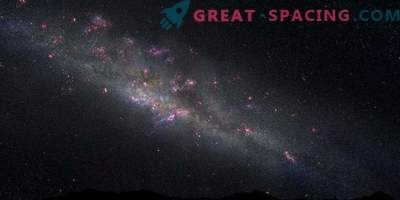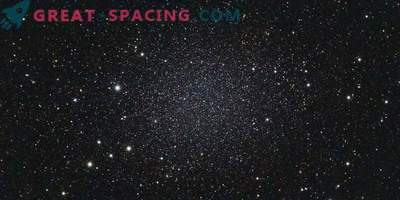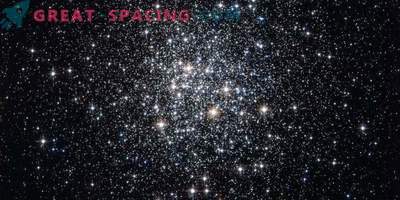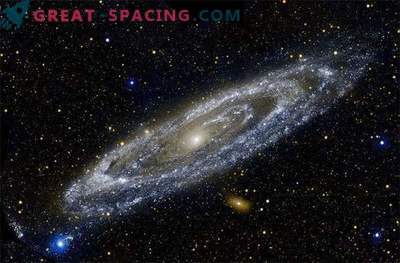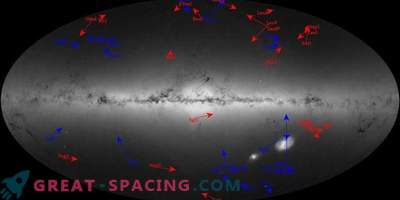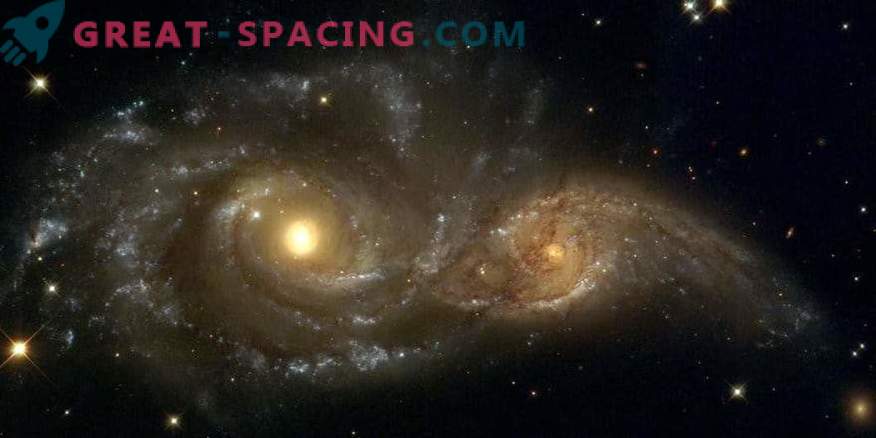
Remote giants in the halo of the Milky Way are marked on the Pan-STARRS1 map. Goals superimposed on RGB rendering of the distribution of halo stars in the galaxy
Researchers at the Canary Institute of Astrophysics have noticed signs that the outer halo of our galaxy holds the stellar remains of massive dwarf galaxies absorbed in the past.
Most information about the Milky Way's halo is obtained from the inner region. But for the first time, the chemical characteristics of the halo were extracted using high-resolution spectroscopy in an optical sample of 28 red giants distant over long distances from the Sun.
Spectroscopic analysis divides the starlight into separate frequencies in order to obtain information about the chemical composition of the star. This analysis also provides information about the environment in which they appeared. Interestingly, the prevalence of some chemical elements in stars in the outer regions of the Milky Way halo differs from information on the inner halo regions. However, it was possible to find several similarities in the chemical composition of stars in the nearest massive dwarf galaxies, such as Sagittarius and the Large Magellanic Cloud. All of this hints that the outer halo regions can contain the remains of one or more massive dwarf galaxies absorbed in the past.
Star halos - common galactic components. Researchers say that their outer regions are mainly represented by stellar components of destroyed smaller galaxies. It turns out that scientists are looking at the remnants of the Milky Way dinner.
For analysis, information from 100 hours of telescopic observations obtained in the Northern and Southern Hemispheres was used.

